Deck & Commander Strategies
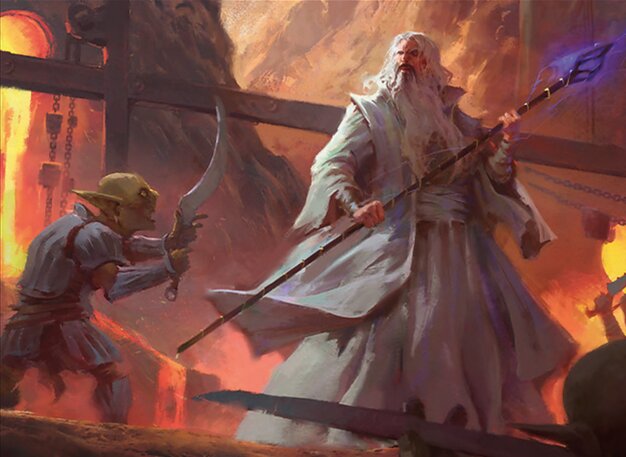
Saruman, the White Hand
Utilizing his abilities to manipulate the game state and control the board.
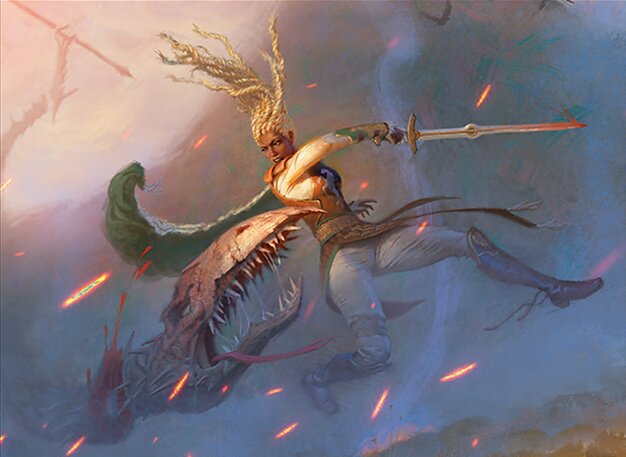
Éowyn, Shieldmaiden
Potentially focusing on gaining life and combat strategies.

Gandalf, Westward Voyager
Likely focusing on spell slinging and control elements.
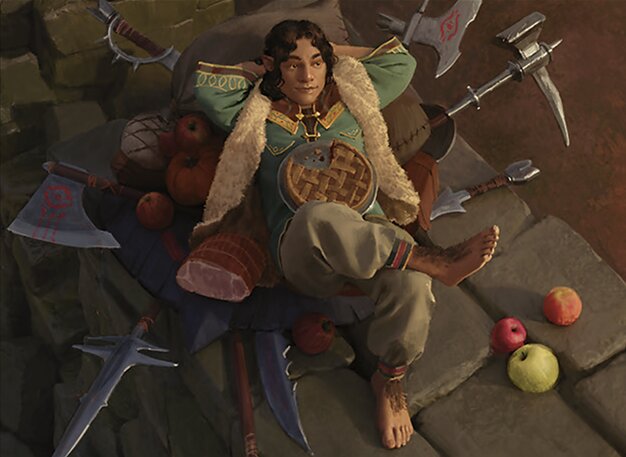
Merry, Warden of Isengard
Potentially using Merry's abilities to create synergies and out-value opponents.

Pippin, Warden of Isengard
Using Pippin's abilities to create food tokens and manipulate costs.
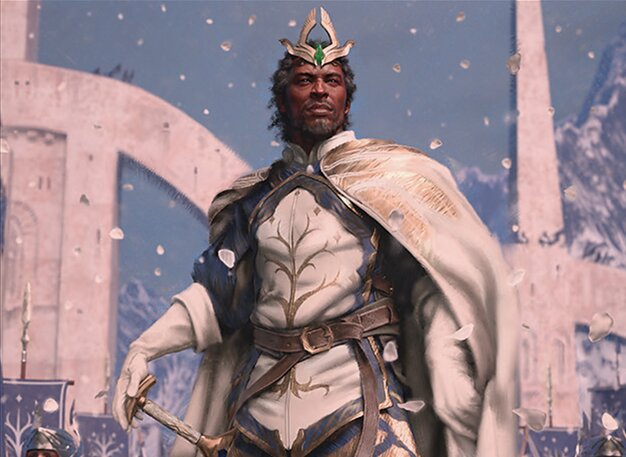
Aragorn, King of Gondor
Leveraging Aragorn's 'Monarch' mechanic to control the flow of the game and gain card advantage.

Galadriel, Elven-Queen
Possibly focusing on elf synergies and powerful late game plays.
Gameplay Insights
- 1
The early ramping strategies seen from all players, which set the pace for the rest of the game.
- 2
The casting of Saruman, the White Hand early in the game, establishing a strong board presence.
- 3
The introduction of the 'Monarch' mechanic through Aragorn, King of Gondor, which added a new dynamic to the game.
- 4
The strategic attacks and blocks that took place, showcasing the importance of combat in this game.
Notable Cards
-
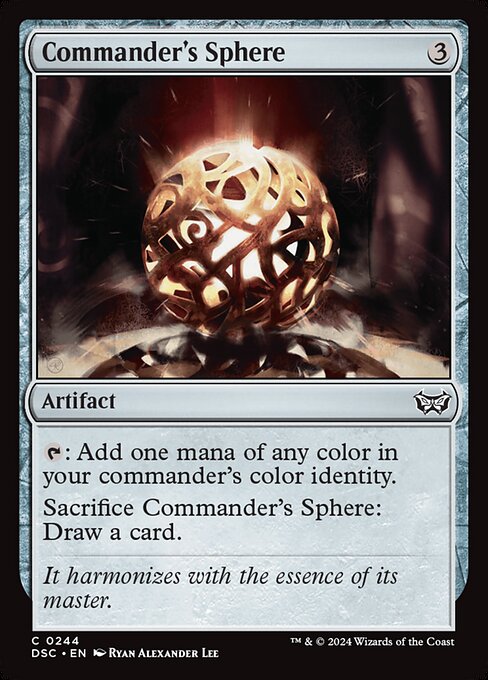
Commander's Sphere
-

Faithless Looting
-

Isolated Chapel
-

Cultivate
-

Evolving Wilds
Gameplay Summary
This commander game featured a variety of leaders from the Lord of the Rings set.
From the start of the game, all players focused on ramping their mana resources, setting up their board states for future turns.
Saruman, the White Hand, was one of the first commanders to hit the field, which added a new layer of strategy to the game.
The game continued to escalate with players casting their commanders, including Aragorn, King of Gondor and Merry, Warden of Isengard, and engaging in combat.
The 'Monarch' mechanic was also introduced into the game through Aragorn, adding an additional layer of interaction amongst all players.
The game seemed to revolve around managing resources, strategic attacks, and taking advantage of the unique abilities of their commanders.














































